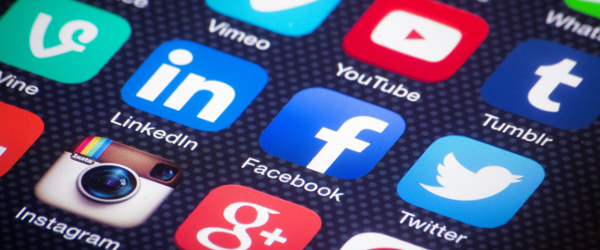
Phone up a complaints hotline and it is not uncommon to hear that your message is being recorded before you are passed to the operator.
Reasons listed include "quality control", or the more nebulous "monitoring", and whatever happens in that conversation only the company is left with a record, and not the consumer.
All this is changing. According to Conversocial, almost 60% of 18- to 24-year-olds now use social media for customer care, and a third of all social media users prefer to contact companies that way. Disgruntled customer now vent across Twitter, inviting retweets from the sympathetic and subjecting firms to regular public scrutiny.
Only in May of this year router company Mediabridge ended up having its router withdrawn from Amazon after a disagreement with a reviewer on the product page. A Reddit post by the reviewer claiming that he had received a threatening letter from the company went viral, with a Reddit mob flooding the page with scathing reviews.
Mediabridge claimed it was a misunderstanding on the part of the mob, but the damage was done. "Some may mistakenly believe that this is not a very big deal and that we should have just let it blow over," it said at the time. "However, we learned from experience that statements like these do not always just blow over."
The episode reflects the encroachment of social media in shaping public perception. For many youths it has become an intrinsic part of their lives, influencing what news they read and what products they buy. A survey by Conversocial last year revealed almost all customers were affected by their peers’ public comments, a notion anybody will corroborate.
It does have its upsides, though. "Any time you exceed a customer’s expectation in terms of service, you have created an opportunity," said Craig Jamieson, social business trainer at Adaptive Business Services. "In fact, you likely now have a much stronger customer relationship than you would have had if the problem had never existed in the first place."
The trouble is that it isn’t always easy for firms to adapt to the new environment, having spent so long establishing call centres. "Traditional metrics such as handle times, first contact resolution and time to close simply do not fit the proper way to enable social customer service," said Mitch Lieberman, managing partner at DRI, a customer relations consultancy.
"This ’round peg square hole’ approach is the likely reason that marketing is not quite ready to give up control, if there is such a thing as control," he added. But social is not merely a new location for handling complaints – it is also the home of some of today’s most innovative marketing.
Brazil’s 2014 World Cup provided ample opportunity for companies to flaunt their wares, with Australian firm Sportsbet capitalising on pessimism surrounding Australia’s chances with the #KeepTheFaith hashtag. This was accompanied by the release of a Christ the Redeemer balloon, creating a national news story around the campaign.
But the real genius came spontaneously. When Luis Suarez bit Giorgio Chiellini the company photoshopped an image of the Uruguayan munching on the dismembered arm of the Italian defender, which was then tweeted 4,500 times. Tapping into an existing vein was much easier than creating its own.
The authenticity of much of the tweeting also did much to help the bookies. "Being in the moment with fans and televised coverage has helped deliver our biggest-ever month on Twitter, with June serving up 400% more engagement than in our previous record month," said Peter Smyth, digital marketing manager of Sportsbet.
But their experience is not necessarily a common one for companies trying to handle social media marketing. In the early days of Facebook companies tried all sorts of tactics to generate brand recognition, including deep campaigns ("Go for a treasure hunt invite your friends!"), sweepstakes, and like blocks ("Like this page to see the video!").
According to Peter Yared, now chief technology officer at Sapho, these things do not really work. "A brand on Facebook should be like a casual friend or neighbour and not try to suck people into heavy levels of interaction," he said in a blog post. "These types of interactions take seconds, not minutes, and definitely not hours."
The strange duality of the internet makes everything disposable, and yet permanent at the same time. Companies who manage this balancing act will keep customers coming back. Those that don’t won’t be so fortunate.






